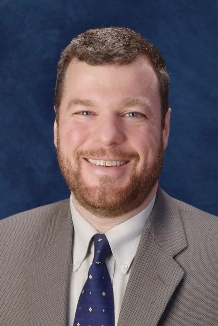Many workers suffer work related conditions that occur over a long period of time while working for several different employers. The Oregon Workers’ Compensation system allows an injured worker to prove that all the work for several employers caused the medical condition, and then let the several employes sort it all out. This is known as the Last Injurious Exposure Rule, or “LIER.”
These kinds of claims are known as "occupational disease claims." These are conditions that occur over a long period of time, like hearing loss, carpal tunnel syndrome, or respiratory problems. In order to prove an occupational disease, the injured worker must show that exposure to some environmental factor at work, whether it is noise for hearing loss, or repetitive use for carpal tunnel syndrome, caused the actual diagnosis. The injured worker must show the work is the major contributing cause of the problem, which in and of itself, can be a challenge.
But what about the worker who gradually develops hearing loss over several years, working for several employers? Lumber mill workers are a good example. A lumber mill worker may work for several employers over ten or twenty years, and develop hearing loss. It would be unfair, and maybe impossible to pin down the exact point in time the hearing loss occured, or became a problem. If the injured worker shows that the noise at work, over the life of his career, caused the hearing loss, the LIER sets out who is responsible.
The last injurious exposure rule provides that if the work conditions with the most recent employer “could” have caused or contributed to the hearing loss, then that insurance company and employer are responsible for the hearing loss claim. However, the employer may try to shift “responsibility” to a prior employer.
The rule then allows the several employers to argue over who should be actually responsible for the claim. There are rules of proof applied to determine “responsibility.” For example, an earlier employer may try to push responsibility to a subsequent employer. In order to do this, the insurance company not the injured worker, must prove that the subsequent appointment actually contributed to a worsening of the occupational disease. In hearing loss case, employers rely on medical opinions and audiograms to make this argument.
If there is disagreement between several employers over who is responsible for the hearing loss claim, the Oregon Workers’ Compensation Division will assign a “paying agent.” This allows benefits to be provided while the several employers sort out who is actually responsible for the claim.
Occupational disease claims like hearing loss, carpal tunnel syndrome, and respiratory diseases can present complex issues. We have worked with several paper and lumber mill workers over the years, and can answer any questions you have about your claim. Call us at 503-325-8600.


